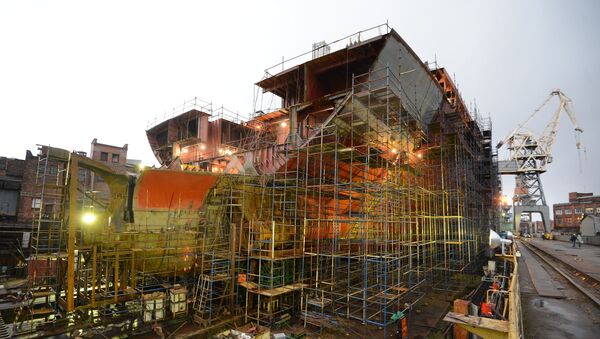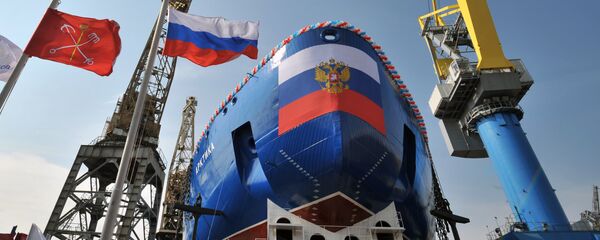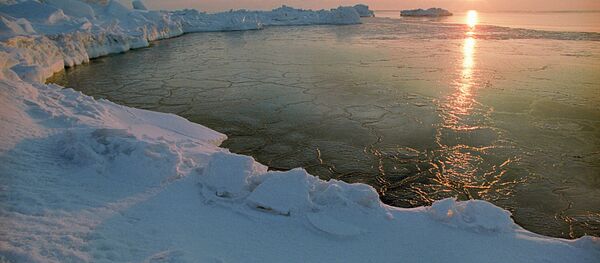"We are laying the icebreaker ahead of schedule, since the Ural was supposed to be laid down approximately two months later. But it is fundamentally important that the impetus gained by the plant and the team engaged in the construction of new icebreakers is maintained," Sergei Kiriyenko, the head of Rosatom that ordered the icebreaker, said at the keel-laying ceremony.
He added that the Arktika would be fully operational by the end of 2017, the Sibir in 2019, while the Ural at the end of 2020.
Moreover, design work for Russia’s next-generation Lider icebreaker is planned to begin this year, Kirienko added.
"Design for the new generation ‘Lider’ icebreaker should begin in 2016," Kirienko told reporters.
United Shipbuilding Corporation President Alexei Rakhmanov added that the design work would end in 1.5 years, followed by project financing.
"Then it would be clear at what stage of development can we lay the first section and start building," Rakhmanov said of the ship with advanced features.
Kirienko compared the Lider’s characteristics with that of the project 22220 nuclear-powered icebreakers, saying if the latter operates in three-meter (9.8 feet) thick ice, then the Lider should break through ice that is a meter thicker (13.12 feet).
"These are unique characteristics. You do not need a large number of these icebreakers. These are unique tasks," he underscored.




